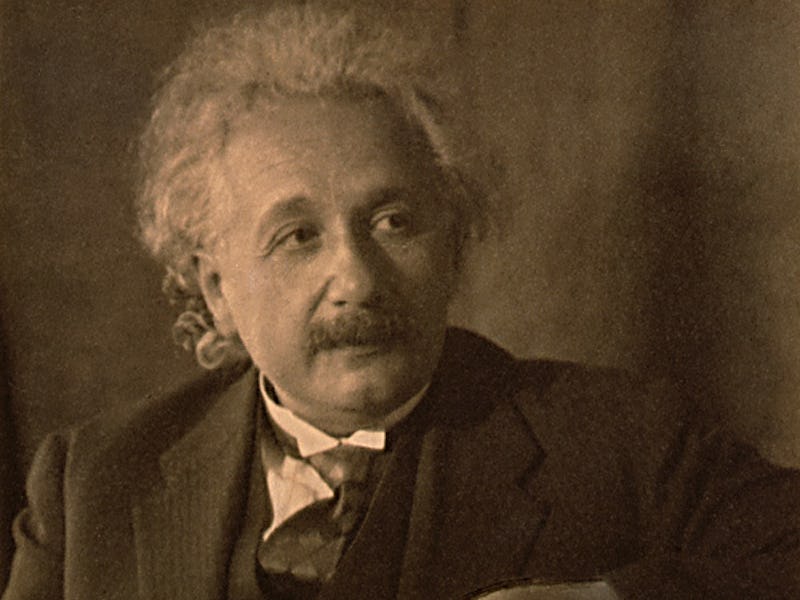Wayward ESA Satellites Repurposed to Prove Einstein Theory
The two crafts were launched into off-track orbits, but their clocks can still do the job.

The European Space Agency announced Monday that it was going to use two improperly launched satellites to prove a theory by none other than Albert Einstein.
It was Einstein who, with his Theory of Relativity, predicted that a clock would run more slowly the closer it was to a heavy object. As the theory (The “Principle of Equivalence”) surmises, gravity can bend the fabric of space-time, and — as it turns out — the ESA has two orbiters in operation that, while aligned incorrectly, are perfectly in place to help verify Einstein’s concept.
Intended for use as part of a global navigation system called Galileo, the pair of satellites were to have circular orbits following launch from a Russian Soyuz rocket. However, the Soyuz accidentally put the ESA devices into elliptical orbits, making the duo unusable for the original purposes.
But aside from the incorrect trajectories, the Galileo satellites are in working order, and among the pair’s onboard tech are atomic clocks. The ESA has realized that due to the offbeat orbits, the two Galileo crafts will at times be closer to the Earth in passing, at others farther away — exposing both to a changing gravitational interaction with Earth — and if Einstein’s theory holds true, a study of the Galileo clocks should demonstrate a slowing down during the closer points of their vectors.
Germany’s Center of Applied Space Technology and Microgravity and the Department of Time–Space Reference Systems at the Paris Observatory will have the honor of handling the tracking.
Such an experiment was briefly undertaken before: In 1976, NASA launched a probe that held a clock with a counterpart on Earth (“Gravity Probe A”). The craft flew for 115 minutes and slight changes in the launched clock were indeed recorded. The ESA plans to have its Galileo satellites tracked for a full year, possibly providing a much more accurate test of Einstein’s vision.
It also plans a 2017 experiment to test the Principle of Equivalence by eventually placing an atomic clock aboard the International Space Station.